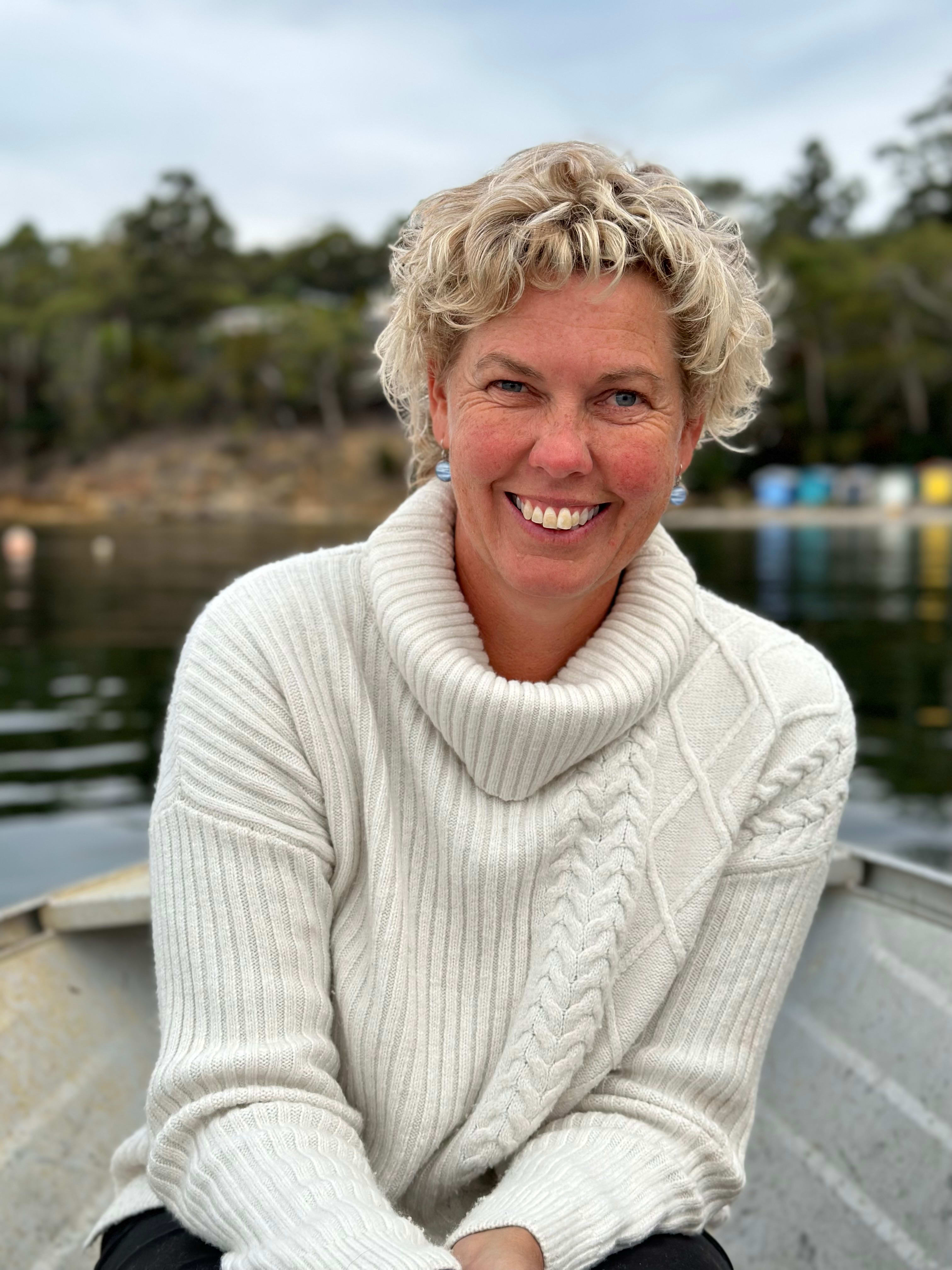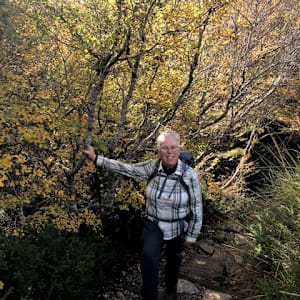Our plan was simple: get out early. Twice that summer we packed overnight bags and precious items. We photographed parts of the house interior, in case we’d need to remember what was replaceable. The irreplaceable would be just that.
writer and photographer PETER GRANT
Among Elvis Presley’s many gifts, the articulation of lyrics wasn’t foremost. That at least was my excuse for miss-hearing the title of his 1962 hit “Return To Sender”. I was sure he was singing “Return December”. And why wouldn’t anyone long for the return of the first month of summer, with its long days of sun, sand, cricket and, of course, Christmas? Back in my childhood it seemed impossible to be downbeat about summer. I gleefully anticipated the return of December.
How things have changed! Lately, I’ll confess, I’m close to dreading summer. It’s as though the very thing I’ve longed for has turned on me, like a beloved dog that suddenly bites. The source of much of this angst is bushfires. While summers in southern Tasmania have always come with the threat of bushfires, climate change has magnified that threat. Compared with late 20th century figures, Hobart can expect to nearly double the number of hot days (maximums above 30 degrees) by 2050. That’s an increase from four or five days per year to eight days per year. At the same time our rainfall average is declining.
Such conditions greatly increase the risk of lightning strike without rain, a phenomenon more commonly associated with the drier, hotter parts of mainland Australia. Lightning has always been in Tasmania’s weather mix, but usually within rain-producing storms. Rain might continue to come with storms, but in warmer and drier conditions it will often evaporate before it reaches the ground. And lightning on dry bush is a recipe for disaster.
This risk is not just a hypothetical future projection. Quite abruptly, since 2000, Tasmania has seen a sharp rise in the number of fires ignited by dry lightning. And these fires last longer and burn larger areas. Last century, long-burn fires caused by lightning strike were a rarity. Tasmania has experienced such fires most summers so far this century.
The summer bushfires of 2018-19 serve as a startling example. They began in late December 2018, when dry lightning strikes ignited several fires in the Tasmanian highlands. Thousands more dry strikes occurred on January 16 and 29. I watched an animated simulation of the lightning storms as they crossed from north-west to south-east. It was as though a vast and merciless dragon was swooping and swerving across our island, breathing deadly fire, now to the left, now to the right. The fires continued burning for weeks, and by early February 2019 they had burnt about 200,000 hectares, almost 3 per cent of Tasmania.

Back in The Patch, the well-tramped sector of kunanyi slopes that sits outside our back fence, we watched anxiously as one particular fire, the Gell River fire in the south-west wilderness, grew into a monster. As it roared down the Vale of Rasselas, a vast smoke plume spread eastward, piling high into the sky behind kunanyi. An eerily murky pall settled over the city of Hobart for days. Nobody could breathe easy – in any sense. It was a potent reminder that, for better or worse, the patch of bush we live beside is connected to the wild.
All day long we had the radio on, listening for updates, wondering if the fires would reach Hobart. We hastily worked out our fire plan, with southern Tasmania’s disastrous 1967 fires firmly in mind. That calamity claimed 64 lives, including some in our neighbourhood. If fire struck here again, our plan was simple: get out early. Twice that summer we packed overnight bags and precious items. We photographed parts of the house interior, in case we’d need to remember what was replaceable. The irreplaceable would be just that.
. . .
We’re not the only ones threatened by fire. Looking at The Patch I wonder how its other inhabitants can respond to a severe fire. How might they “get out early”? And even if a bushfire doesn’t come, how will the trend to hotter and drier affect the plants and animals here?
Of course, all of this change to our climate doesn’t mean we’ll suddenly have uniformly hot, dry summers. We will continue to enjoy the endearingly changeable summer weather we’ve come to expect, including the occasional December snow on kunanyi. But weather is not climate. Climate refers to changes over longer periods of time, and looks at trends in our weather. And it’s the trend to hotter, drier and more volatile that is most worrisome. I ask myself whether this is a situation I want to leave to my grandchildren’s generation.
In that context my own maternal grandmother comes to mind. She was a wonderful, somewhat eccentric presence throughout my childhood. One of her quirks was a morbid fear of thunderstorms. When lightning flashed and thunder rumbled, she would quickly take herself off to her room. And there she would hide in a dark wardrobe, sitting on a chair she had in there for just that purpose, hoping the sturm und drang would be muffled by her frocks and coats.
I could never understand her phobia, as I found thunderstorms quite exhilarating. But all these years later, and for entirely different reasons, I seem to be inheriting my grandmother’s feelings about thunder and lightning. I won’t be heading for the wardrobe, but I certainly wish I could parcel up a coming storm, and label it “Return to Sender”.

Peter Grant lives with his wife in the foothills of kunanyi. He worked with the Tasmania Parks and Wildlife Service for 24 years as manager of interpretation and education. His passion for the natural world led him to write Habitat Garden (ABC Books) and found the Wildcare Tasmania Nature Writing Prize. More of his writing can be seen at naturescribe.com.







